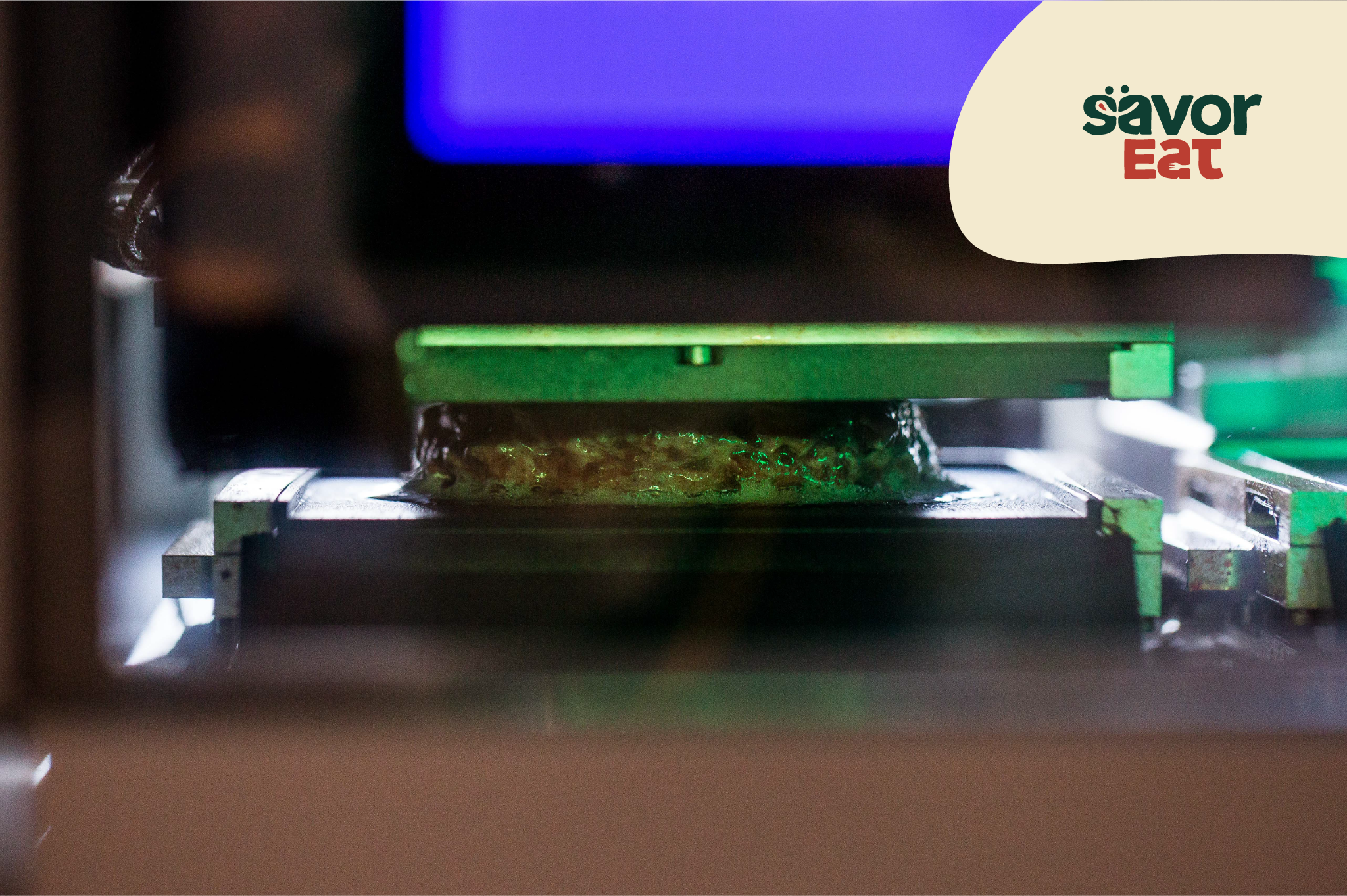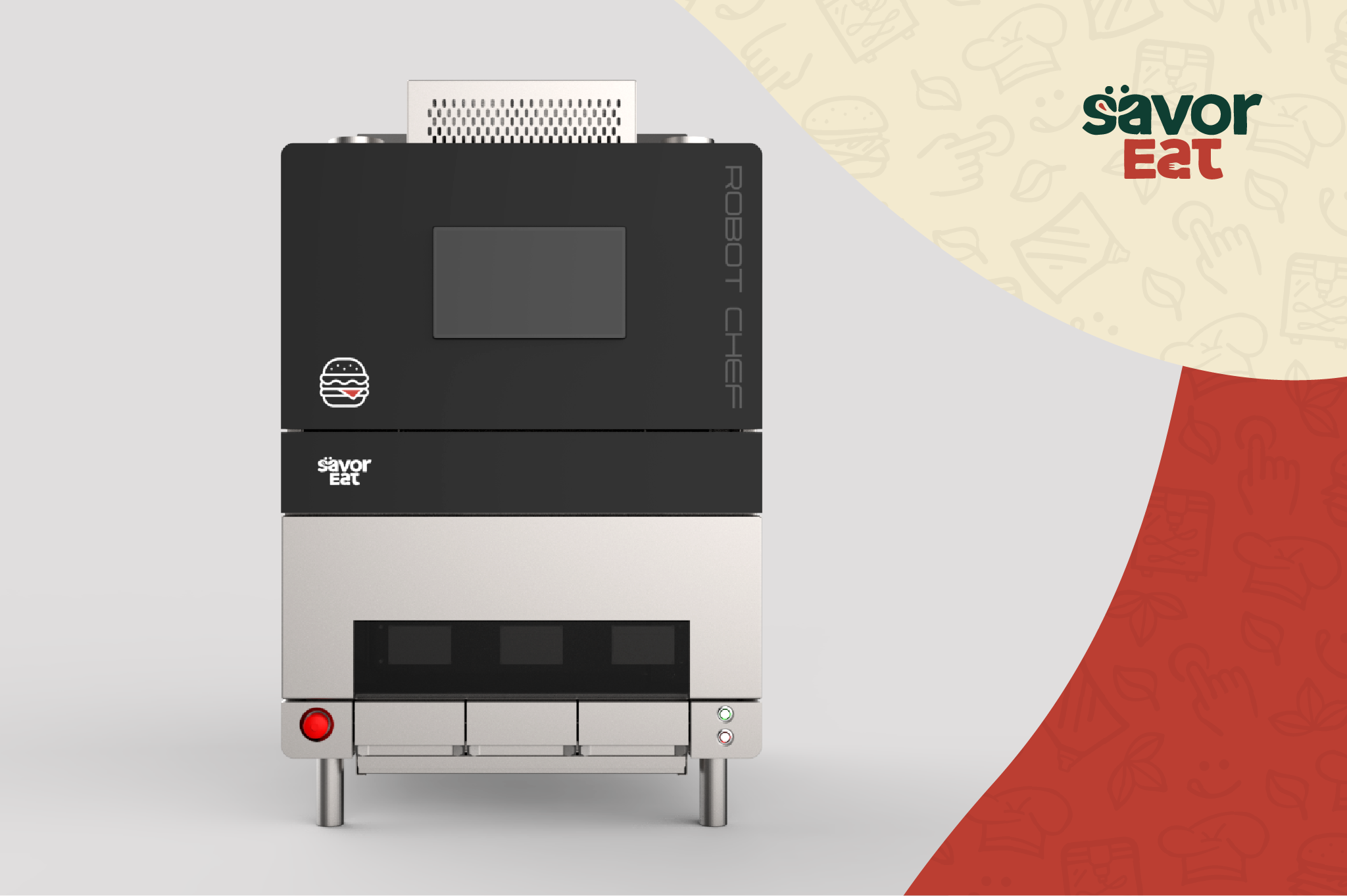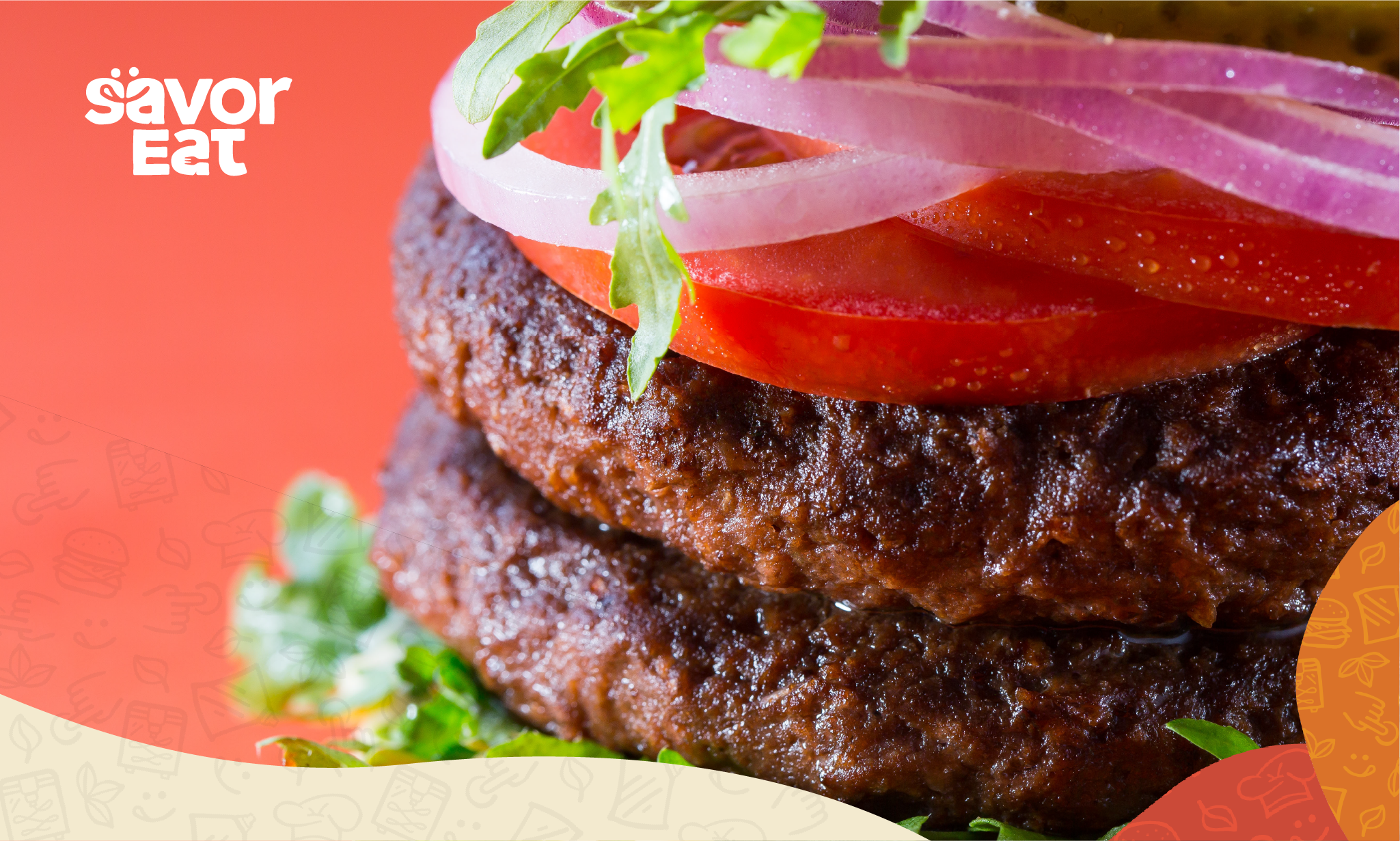Kitchen automation is the most advanced technology available in the restaurant industry today. Restaurants are investing in technologies, such as restaurant robotics, that can help them streamline operations and retain talent. By using technology to perform basic tasks, your restaurant can delegate more skilled jobs to top employees, helping to retain talent. While the idea may seem extreme at first glance, restaurant robotics is an inevitable advancement in the food service industry.
From front-end tasks to back-end tasks, food service automation offers endless benefits for businesses in the food service industry. In a recent research study exploring the Future of Restaurants, in which Square surveyed 500 U.S. restaurants, 91% responded that they currently have or plan to invest in kitchen automation technology in the upcoming year.
In fact, restaurant technology, such as QR codes and robot kitchens, is becoming so popular that restaurants that do not advance their technologies might even fall behind. According to GlobeNewswire, the global food automation market is expected to increase by $28 billion by 2026, growing at a rate of about 7%. Will you be part of that growth? Learn more about the importance of scaling your kitchen with automation and 10 ways to scale your kitchen with automation below.

How Kitchen Automation Can Help
In many ways, automation helps to directly improve the customer experience, through faster service, quality control, and more. However, kitchen automation improves your business even more so. Restaurant automation can assist in decreasing labor costs, lowering operating expenses, increasing profits, and limiting instances of human error.
When surveyed, 95% of food operators noted that technology in their kitchens helped to improve their overall efficiency. While not every type of kitchen automation will work for every type of restaurant, implementing just a few automated technologies can go a long way to supporting overall business success and growth.
- Eliminating Mundane Tasks Performed by Staff
There’s always one (or more) mundane tasks that no staff member wants to do. Instead of utilizing brilliant staff to do these necessary tasks, recruit automation! With the help of restaurant technology, you can restructure duties in your kitchen. This means happier staff and better employee retention. In that survey by Square, 90% of restaurants agreed that using automated technologies is helpful to enable their staff to focus on more important tasks.
- Increasing Profits with Restaurant Technology
Using the newest in food service automation can help your restaurant save money and increase profit margins. Common pitfalls include wasted food, scheduling concerns, and inventory issues. Luckily, there are now kitchen automation tools to help with each of these commonly faced dilemmas. While there are initial expenses to take into account, consider the long-term investment that restaurant technology can bring you. Labor costs over the long run would ultimately exceed the price of kitchen automation.
- Improving Business Operations
Using technology, such as self-service kiosks or online ordering systems, helps reduce the risk of human errors (think static on the line when you’re trying to place a food order). The addition of one or more automated technologies in your kitchen can help you achieve higher order accuracy and thereby improve customer satisfaction.
- Happier Customers
Today, competition in the restaurant industry is fiercer than ever. With so many places to choose from to grab a bite, restaurants need to go above and beyond to set themselves apart from the crowd. Using various kitchen automation technologies can help increase customer satisfaction and help gain repeat customers.
10 Ways To Scale Your Kitchen with Automation
Want to see how kitchen automation works in action? Incorporate technology into your restaurant with these 10 ways to scale your kitchen.
1. Offer a QR Code Menu
Decision-makers in the food industry are faced with the never-ending task of finding ways to streamline operating costs. A QR code menu offers customers a digital menu that they can view from their smartphone or tablet. When a QR code is scanned, it brings the user directly to a website link that contains your restaurant’s menu. Not only does this make it easier for guests to immediately browse your menu from anywhere, but it can help your restaurant cut down on costs.
By offering a digital menu, you can lower your overall costs by skipping the need for a hostess to bring menus to the table. In turn, staff can spend more time on more critical tasks. The Future of Restaurants Report found that 78% of restaurants believed there to be a significant benefit to offering digital menus.
2. Online Payment System
Not only can guests order their food right from their table, but online payments can also help save both your servers and your guests time. Using an online payment system allows guests to pay for their meals on their own, eliminating the need to wait around for the wait staff to process payment. This means your restaurant can hire fewer servers and make better use of their time.
There are several ways your food service business can implement an online payment system. Some restaurants offer tablet devices on-table, allowing guests to pay right from their table. Others allow guests to pay their bills from their mobile phones.
3. Inventory Management Software
New restaurant software can make the process of inventory management much easier for restaurants. For example, utilize restaurant inventory management software to track stock digitally, helping to eliminate shortages. When you’re running low on inventory, your software will notify you. These automated processes can help your restaurant reduce waste and increase profit.
Inventory management software can also be used to track sales, making it easier to identify which items are best-sellers and which may not be profitable enough to offer. Food service businesses today are also utilizing automated processes to balance the cost of ingredients versus revenue, manage store supplier information, and so much more.
4. Automated Ordering and Deliveries
Does your restaurant receive many outgoing delivery orders? Many restaurants today have adopted an online ordering portal, allowing customers to easily place their orders at a click of a button. Online ordering portals help enhance order accuracy when compared to placing orders over the phone.
For deliveries, using a third-party food delivery app such as DoorDash can take ordering and deliveries out of your hands, freeing up staff time for other critical tasks. Not to mention, a large percentage (some studies show up to 70%) of customers prefer online ordering.
5. Robotic Chefs/Kitchens
Robotic kitchens are one of the most innovative ways to automate your kitchen. A robot chef helps deliver fast, precise, and consistent results when making food. For example, SavorEat uses customizable 3D printing technology to enable restaurants, food trucks, airlines, and more to construct the perfect plant-based products.
Although the idea of a robot preparing and cooking a meal may seem futuristic, the technology is already here. Restaurants are beginning to adopt this technology as the newest advancement in the food service industry. Over the next couple of years, it is likely that robotic chefs and kitchens will be able to perform even more tasks.
A robotic chef such as SavorEat enables you to save time and offer customizable options, including lower-fat plant-based burgers, higher protein, or lighter consistency burgers. Using a robot chef, you can deliver a meal suited to each customer’s tastes. In five minutes, the SavorEat robot whips up three plant-based burgers, all at the touch of a button. It demonstrates how robot chefs can help you maintain a quick and efficient kitchen, driving success.

Other robotic chefs are increasing in popularity too, including the Mini Bakery Bread Bot, an automated loaf maker, and the Picnic Pizza System, an automated robot that can make pizzas in a jiff.
6. Labor Scheduling
If the manual scheduling of your staff for the kitchen takes too much of your time, you’re not alone. Kitchen managers are opting to automate labor scheduling using software that understands how your kitchen operates. Based on your peak times, previous schedules, and other gathered info, labor scheduling software can help you save time and develop the most efficient kitchen possible. You’ll never be left spending hours creating a schedule based on each team member’s availability.
7. Automated Kitchen Safety
One of the most important duties of a Kitchen Manager is to oversee the safety of both kitchen staff and food. Today’s newest innovations can be used to help reduce liabilities and keep your staff safe. For example, automated cleaning systems such as hood-cleaning systems can help eliminate fire hazards from grease build-up. Hood-cleaning systems can also help reduce the risk of unforeseen kitchen closures. Another example of automated restaurant technology to improve safety is oil management systems, which eliminates the manual handling of hot oil by employees.
Food safety is another top restaurant priority that can be improved using food service automation. Temperature monitoring systems help ensure that all food served has reached the appropriate temperature to avoid food-borne illnesses. Using automated systems, kitchens can sync to an online platform or a mobile app and benefit from alerts when changes in temperature are detected. Many restaurants are choosing refrigerated prep tables, allowing them to track and manage food temperatures in real-time.
8. Automated Reservations
Gone are the days of calling ahead to the hostess to make a restaurant reservation. Online reservations directly through your website, or through OpenTable, have become increasingly popular over the last few years. Again, this provides an enhanced user experience and allows your restaurant to keep a close eye on the number of tables available at any given time.
Using an automated reservations system can keep you from overloading your restaurant capacity. When booking manually, it’s possible to overbook your restaurant, causing increased wait times, extra stress to staff, and unhappy customers. On the other hand, underbooking the restaurant can mean losing revenue. Using software to streamline the reservation process is one of the easiest ways to help avoid these common problems. Some automated reservation platforms allow guests to see real-time table availability, which can be a great option for hectic restaurants.
9. Kitchen Display Systems (KDS)
Using a kitchen display system is an easy way for the front-of-the-house and back-of-the-house teams to communicate. The purpose of this technology is to display incoming orders, allowing you to fill them quickly. Before the invention of KDS technology, tickets would need to be brought from the front of the house to the kitchen. Instead, using this kitchen automation tool helps create a smoother flow of communication and combines all incoming orders in one place (phone, online order, in-person order, etc).
10. Feedback Management
Gone are the days of customers completing feedback or survey cards at the table and placing them in a box. Instead, restaurants can utilize automated feedback management programs to help gather customer feedback and continually improve service. If your business wishes to gain insight into the customer experience, a customer feedback online platform or app can help you keep data all in one place.
Using Foodservice Automation for Plant-Based Meals
Just as restaurants should continue to adapt their procedures and technologies to keep up with the times, the menu should evolve based on what consumers want. Over the last few years, the meat market has undergone significant changes. Today, consumers are becoming more aware of the ecological and ethical impact of their meat consumption. According to research by Bloomberg Intelligence, the plant-based food market could make up 7.7% of the global protein market by the year 2030. As education and awareness grow of the ramifications of animal product consumption, consumers seek plant-based alternatives that do not compromise taste.
Now is the perfect time for companies in the food service industry to take advantage of these growing trends in plant-based meat alternatives. Perhaps your company has considered making the change, but you’re not sure how to implement it. Using food service automation, such as SavorEat’s robot chef technology, can allow your restaurant to offer desirable meat-free options with ease.
Learn More About How To Master Meatless at Your Restaurant
Consider taking your restaurant to the next level with kitchen automation. Automated processes are the newest advancement in the restaurant industry that can help you improve business operations, streamline costs, invest in future growth, and enhance customer satisfaction. As technology remains the future of food service, executives involved in food service operations management must adopt new technologies to stay relevant.
There are many approaches businesses can take to help automate restaurant processes. From back-end technologies such as kitchen safety products to front-end software that makes processing orders easier, almost every part of restaurant business functions can be improved by using automation. Whether you want to start small or go big, you’ll find that automated technologies are a good investment that provides endless benefits for your business.
The SavorEat robot offers more than just a way to bring plant-based products to your menu. This game-changing robot can create customized plant-based burgers tailored to each customer’s preferences. As more people begin to remove animal products from their diet, now is the perfect time for your restaurant to get in the game with plant-based alternatives.





